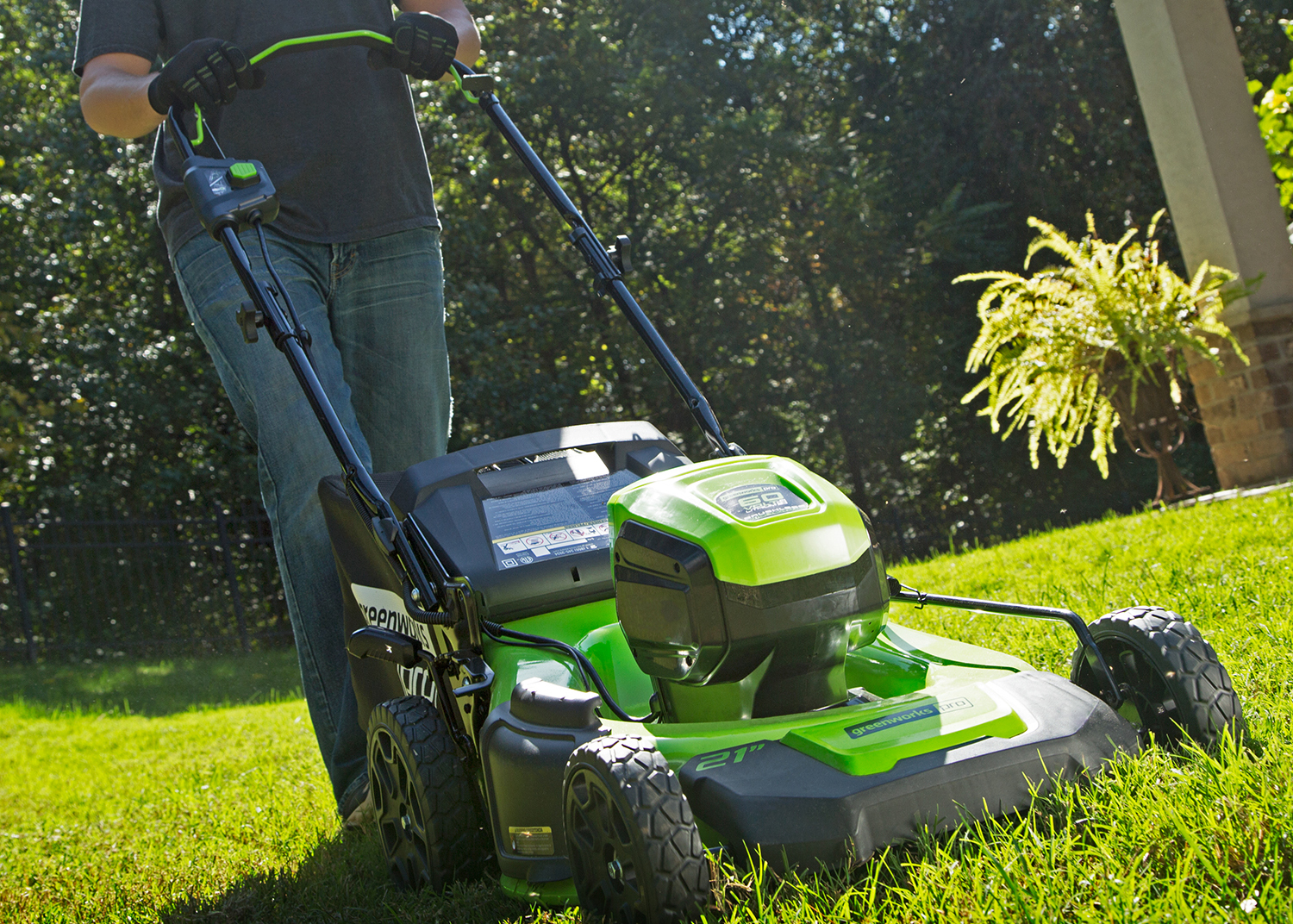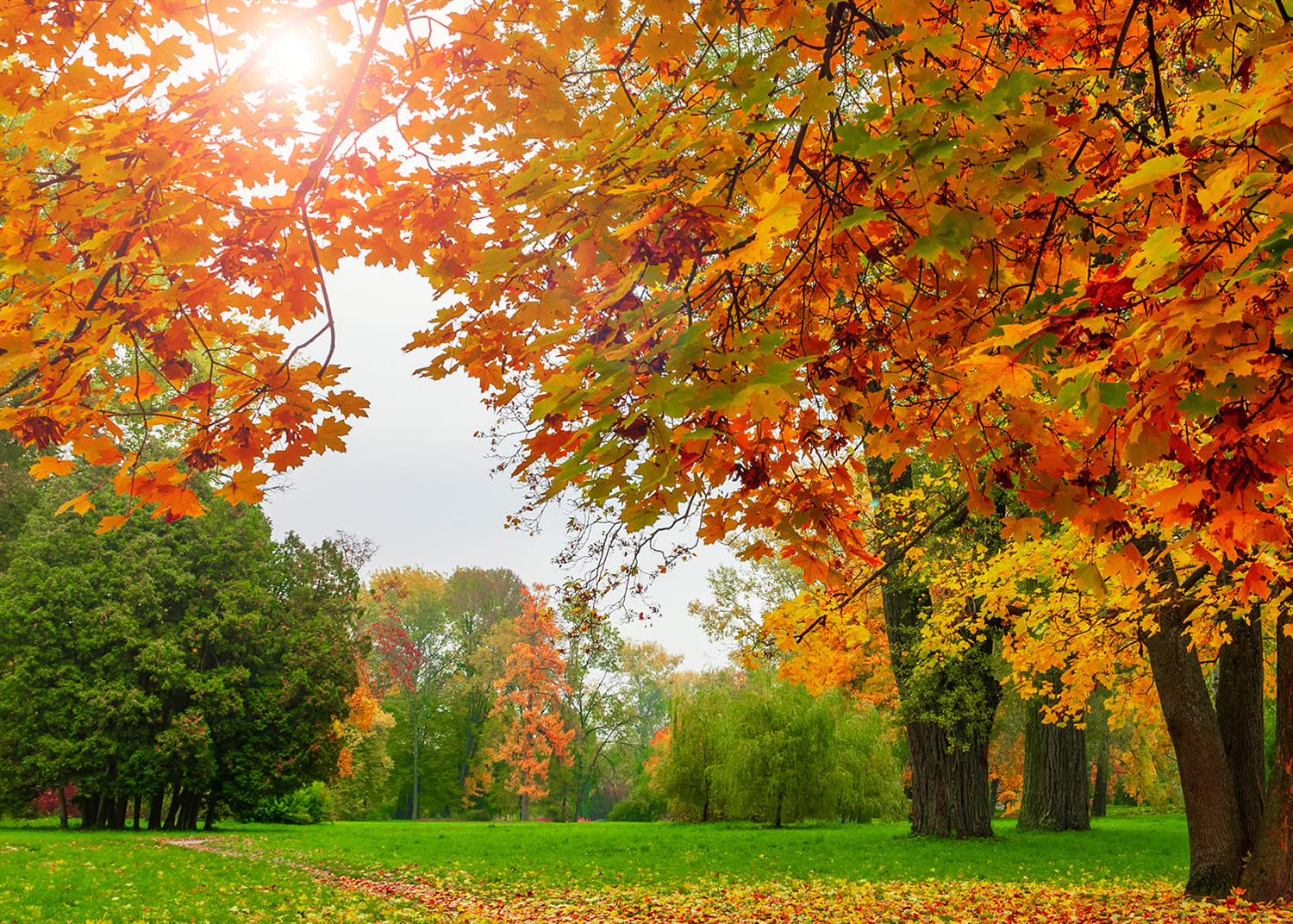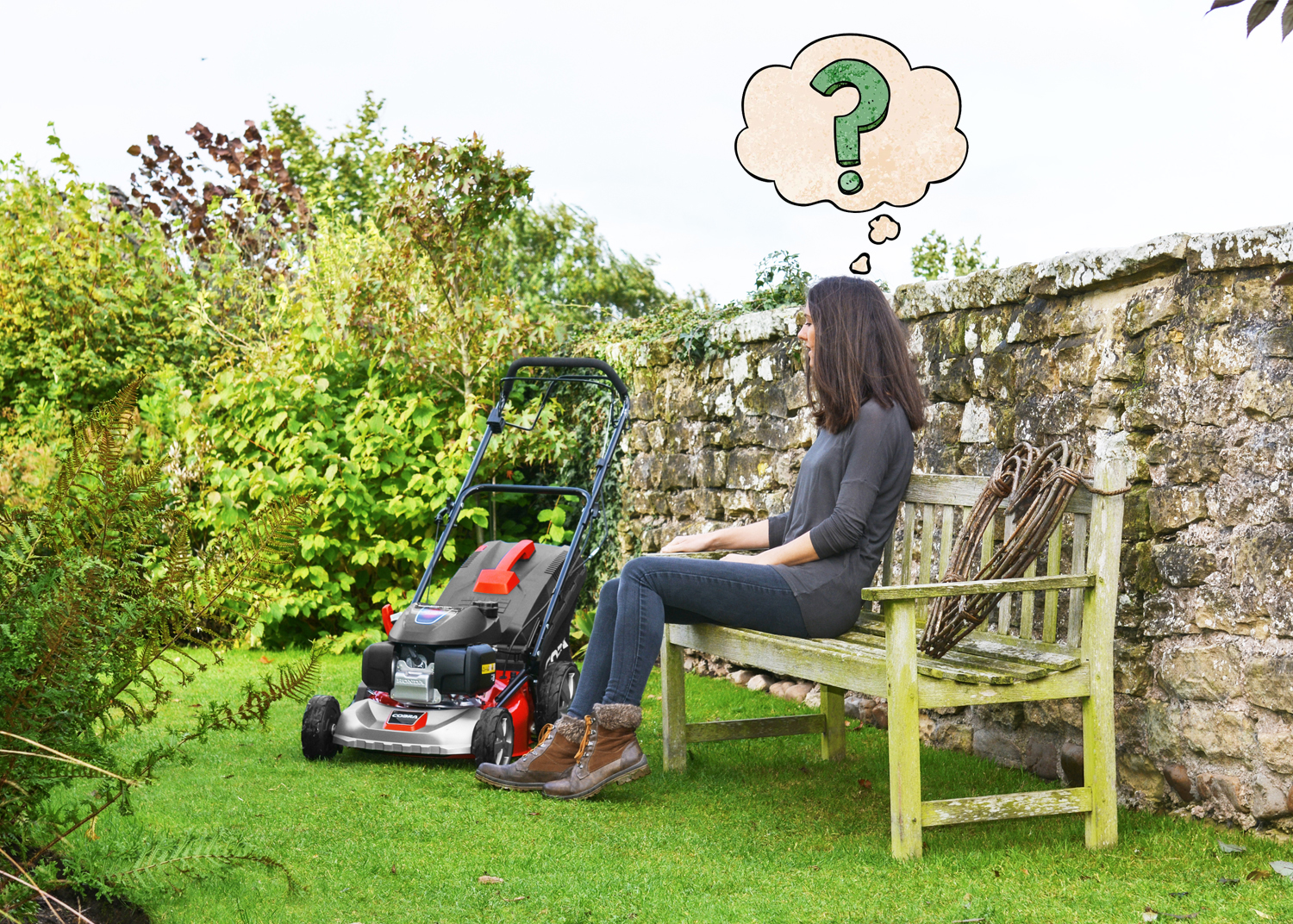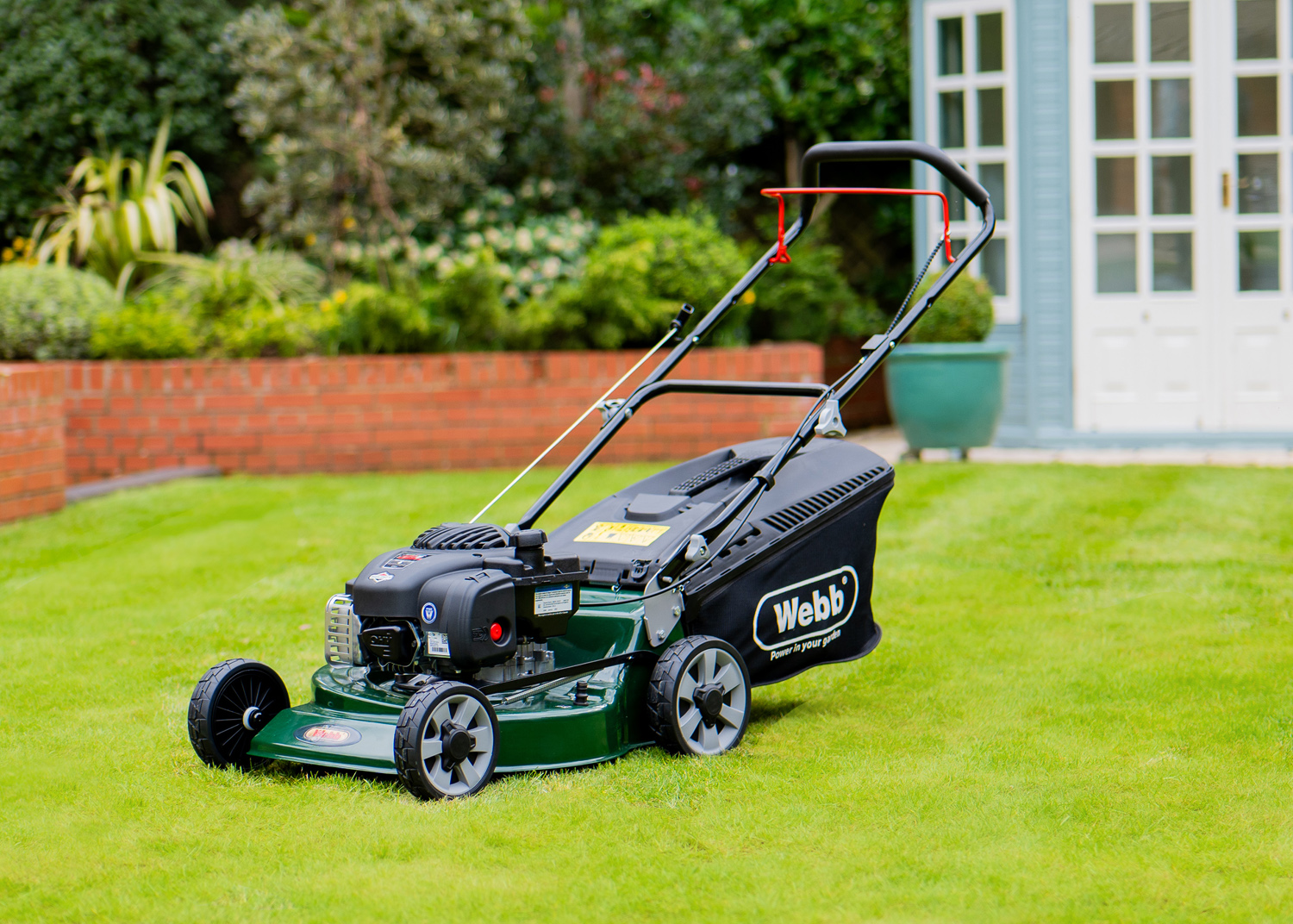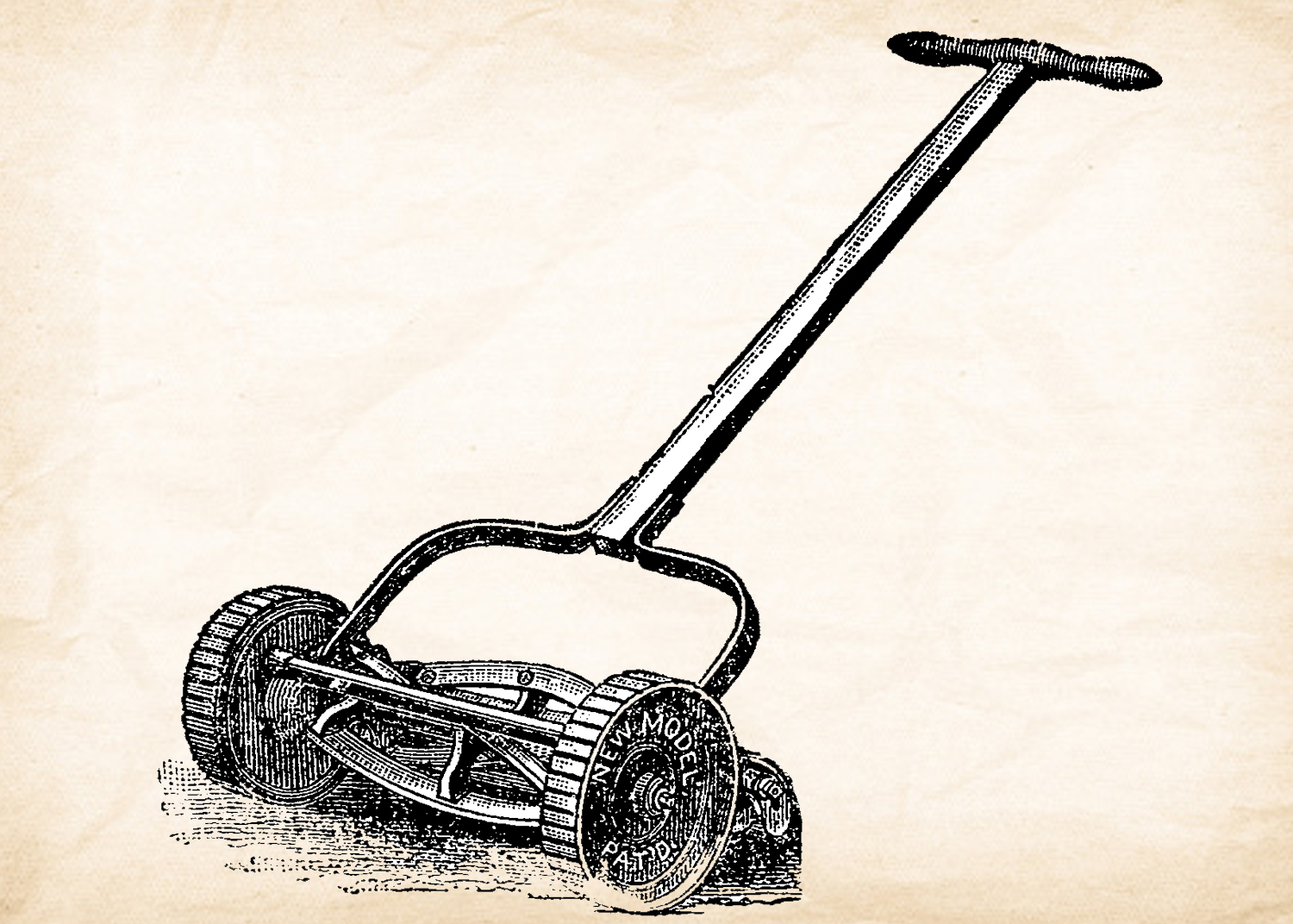Life on the hedge!
- By Jules MacIntyre
- 10 May 2021
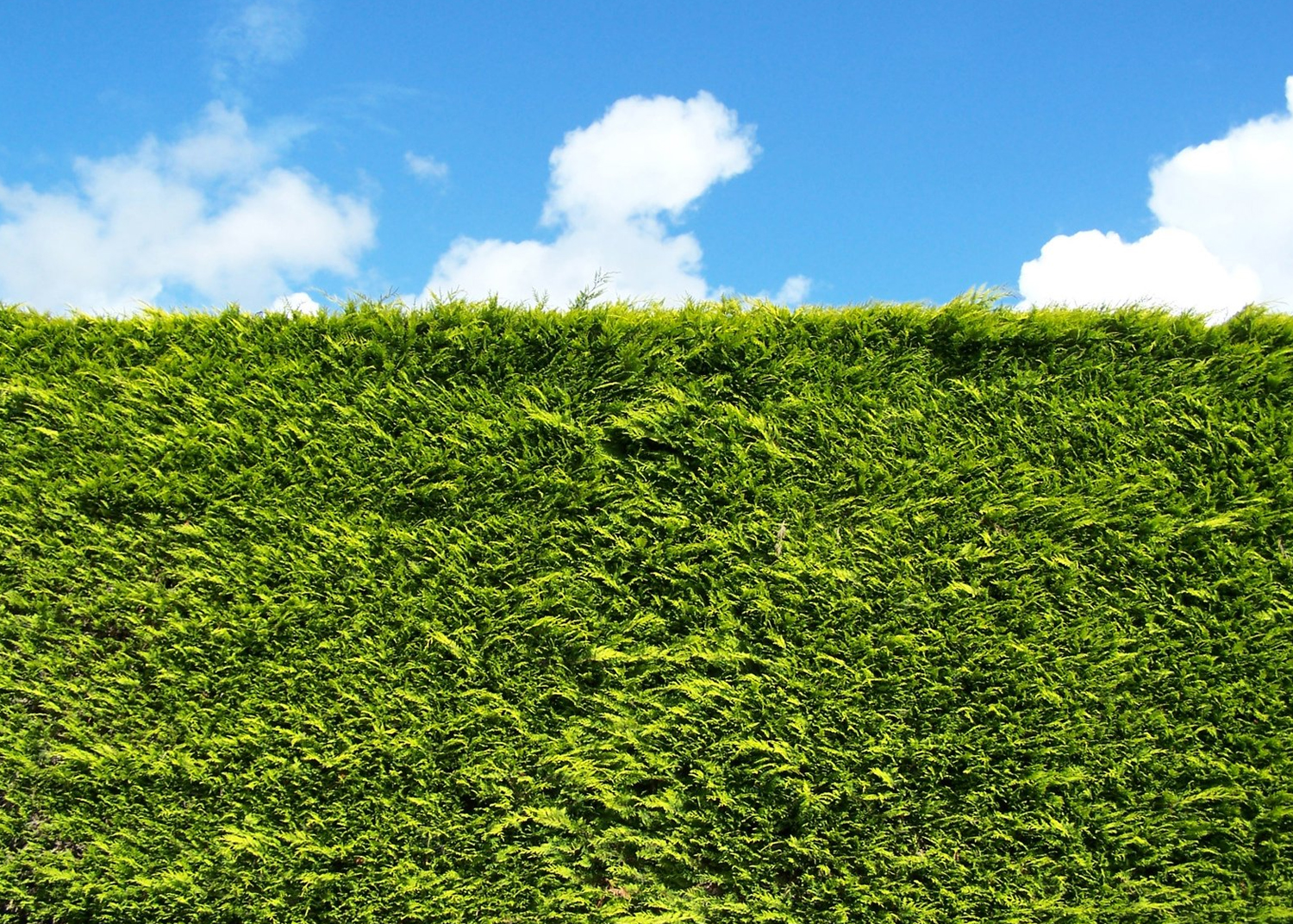
What kind of hedge plants should I buy?
Often a confusing aspect of buying hedging is whether you should get bare root, pot, trough or root ball plants. Bare root hedging plants are lifted in the winter (November to April) when they are dormant, and come with little or no soil around the root system although this is usually well-established. They are the most cost-effective option especially for taller hedging, but will need some extra TLC as you’ll have to ‘heel in’ the plants in temporary soil unless you plant straight away, and when you do plant, use a specialist product such as Rootgrow. Although bare root hedging can have a 10% plus failure rate, do still go for it if you are on a budget and can put the effort in.
Pot grown hedging plants tend to be most expensive and their main advantage is that they can be planted throughout the year. As they have stayed in the same pot, the roots are wonderfully formed and are robust plants that quickly and happily take to their new surroundings. In the modern era of everything ‘now’, trough-grown hedges provide a great option for instant screening, often coming in metre lengths that are pre-planted with around 3-5 plants, so hedges look mature from the start. Other advantages of troughs include not having to worry about correct spacing, branches that are already interwoven and again, the ability to plant all year round.
Finally, root ball hedging plants are a solid ‘midway’ choice especially for evergreens such as yew as they are a cheaper than pots which means you can afford taller plants. Grown outdoors for several years, the area around the root system is simply scooped out by a machine and encased in hessian or a biodegradable material, ready for delivery. As with bare roots though, the planting season only runs from November to late Spring.
If you need a more detailed overview of the many options for types of hedging plants, do check out a really helpful video guide at hedgesdirect.co.uk.
The UK’s most popular hedges
 |
A hardy Hawthorn or ‘May’ hedgeThere are two native hawthorns in the UK (Crataegus monogyna and Crataegus laevigata) and both are suitable as fast-growing, tough hedging plants that suit almost any soil while being thorny enough to keep out intruders. Although deciduous, hawthorn hedges are thick and therefore still difficult to see through in winter. The delightful pink hawthorn blossom in Spring is another advantage, as is the rich red fruit in the Autumn (called ‘haws’) that are berry-like in appearance and can be made into jellies or jams (beware though as the seeds contain cyanide) or used homoeopathically to treat the heart and blood pressure. Hawthorn or ‘quickthorn’ also provides fantastic shelter and food for native birds and insects, scoring well as a wildlife-friendly hedge. Often overlooked these days in favour of ‘trendier’ laurel and yew, hawthorn is a fabulous all-round hedge with a more natural countryside feel than its neatly-clipped alternatives that responds well to cutting back and is easily shaped. |
Evergreen and luscious LaurelsA healthy laurel hedge is like a ‘green wall’ in the garden, growing by up to half a metre a year and acting as an effective screen and noise dampener in even the smallest spaces, as it can easily be trimmed to a shallow depth of around 45cm. Cherry Laurel or Common Laurel hedge plants (Prunus laurocerasus rotundifolia) are versatile for shade or sun, chalky or clay soil and even salty ocean air, as well as being one of the most cost-effective hedges to plant. Laurel is actually a great alternative to a fence; choose between the dark and light green glossy leaves of the Common Laurel or opt for a Portuguese Laurel (Prunus lusitanica) with smaller leaves and a more reddish tinge especially with the new leaves, followed by clusters of white flowers in early summer. It is also worth considering a Bay Laurel (Laurus nobilis) which can make a great formal hedge in sheltered positions as well as providing fragrant and edible dark green leaves and yellow flowers in Spring. |
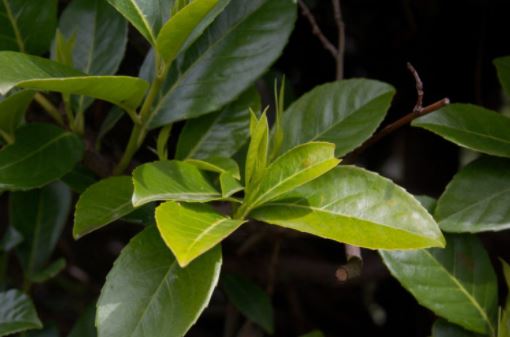 |
 |
Beech hedges with natural, rustic charmThere’s nothing quite like bright green leaves of a beech hedge bursting into life every April. Where we are based in The Chilterns, many choose it as a natural extension of the surrounding beech woods and the perfect enhancement to local brick and flint dwellings. The beech is a more rustic looking hedge that despite being deciduous, tends to hold on to its leaves after they turn warm orange in Autumn so it still acts as a screen in winter months, albeit not as dense. A bold alternative is the copper beech which produces stunning leaves of deep purple and rich red. In either case, beech hedges grow well on chalky or well-drained soil but are not wholly drought resistant and also do better away from frost pockets. A partially shady spot is perfect for normal beech while the copper variety is able to tolerate fuller sun without scorching. The best time to trim is in August when the leaves have time to re-establish, but besides the occasional cut back, a beech hedge is perfect for a more rustic garden, giving it a genuine woodland feel. |
Privet is everyone’s all-time favouriteThe evergreen privet hedge (ligustrum ovalifolium) is a British classic; hardy, dense and tolerant of most conditions even if coastal or windy, it delivers on so many fronts and has been at home in our gardens since its popularity burgeoned in Victorian times. What is more, the common privet is one of the most pollution tolerant hedges and is perfect for urban gardens. If you feel like planting something a little different, you can choose from a number of different varieties including Golden Privet (with brighter more yellow foliage) and Wild Privet (with narrower leaves). Although privet does need trimming a bit more than some other hedges, it looks splendidly smart when first cut or alternatively, just leave the oval-shaped leaves to fill out for a softer looking hedge which produces delicate white flowers in Summer and attracts butterflies and birds. |
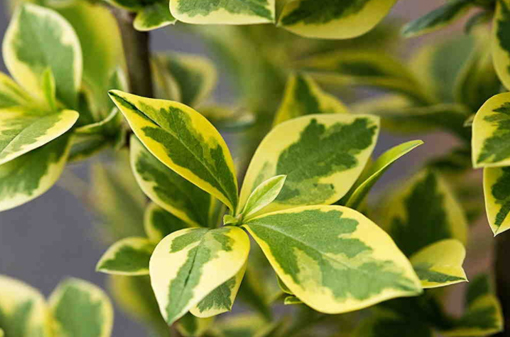 |
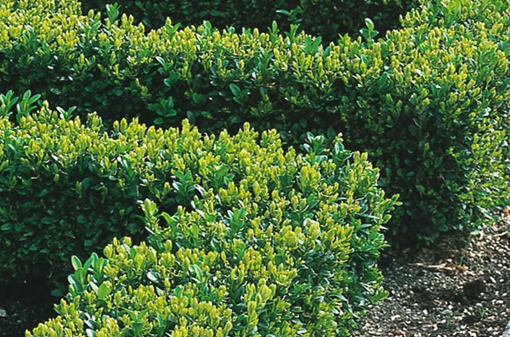 |
Sophisticated Box for bordersRecently, many of us have resisted planting new box hedges because of the often rampant fungal diseases known as ‘box blight’ (usually cylindrocladium buxicola or pseudonectria buxi), as well as the ever-present threat of box caterpillar. While we can’t deny these exist, a healthy low box hedge, framing borders or terraces, adds charming continental structure to your garden. If you do get an attack, box blight can be treated a couple of times a season with products such as Westland Feed & Protect and regularly checking for caterpillars underneath leaves will help to keep them at bay, as will spraying specialist products such as Top Buxus Xen Tari. Is a box worth the extra effort and risk? We will leave the answer up to you but we still have one in The Green Reaper garden despite the challenges of the last few years! |
Are Yew on trend?The hedge of the moment is the yew or taxus baccata. Planted either low as a formal trimmed hedge, avoiding the issues of box, or grown tall as a dense screen, it is thick luscious and as English as a country churchyard where it was traditionally planted to represent eternity and to stop cattle grazing! Yew is also a very tolerant hedge as long as it is not planted on boggy soil, and only requires a trim once a year, even withstanding a hard prune if it has been left too long and has become overgrown. Not quite as fast growing as some hedges (around 30cm a year), it is best to buy as larger plants as your budget allows which are suitable for planting most months except high summer. Once established, yew hedges last for many lifetimes so planting one becomes a legacy as as well as a home for all sorts of birds to nest including robins, greenfinch and chiffchaff, with the red berries also providing a valuable food source. |
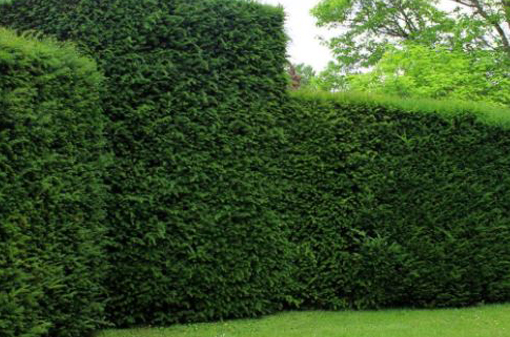 |
How to cut your hedge
Finally, whatever hedge you choose, it’s important to cut it correctly to keep it dense and healthy while giving it the best chance to ‘bounce back’ after a good trim. Each variety will have specific requirements such a favoured month for cutting or the amount of foliage to be removed, but a good principle is to treat young hedges differently from established ones. So a new hedge will need to be shaped in Winter or early Spring before growth begins for the first couple of years, while an established hedge will just need a cut or two in the summer, once you’ve checked for nesting birds.
Traditional manual trimmers are great for small hedges and we particularly like the Wilkinson Sword Ultralight Shaping Hedge Shears with a 10 year guarantee. For larger hedges though, we have a comprehensive range of trimmers to suit every hedge from cordless to electric, and pole to petrol so you can be confident of finding the right tool for your job. When cutting, it’s always best to slightly angle the sides of your hedge out towards the base so that sunlight can penetrate down into the hedge.
Looking after a hedge “signifies vision, persistence and patience” according to Rita Buchanan, accomplished author, gardener and craftswoman, adding that “shaping a hedge is the closest most of us will ever come to doing sculpture” while “shearing is very empowering – it gives you an exhilarating sense of control and achievement. You can stand back afterwards and say, look what I’ve done”. We couldn’t agree more. Let’s get ready to celebrate the British hedge this year.

